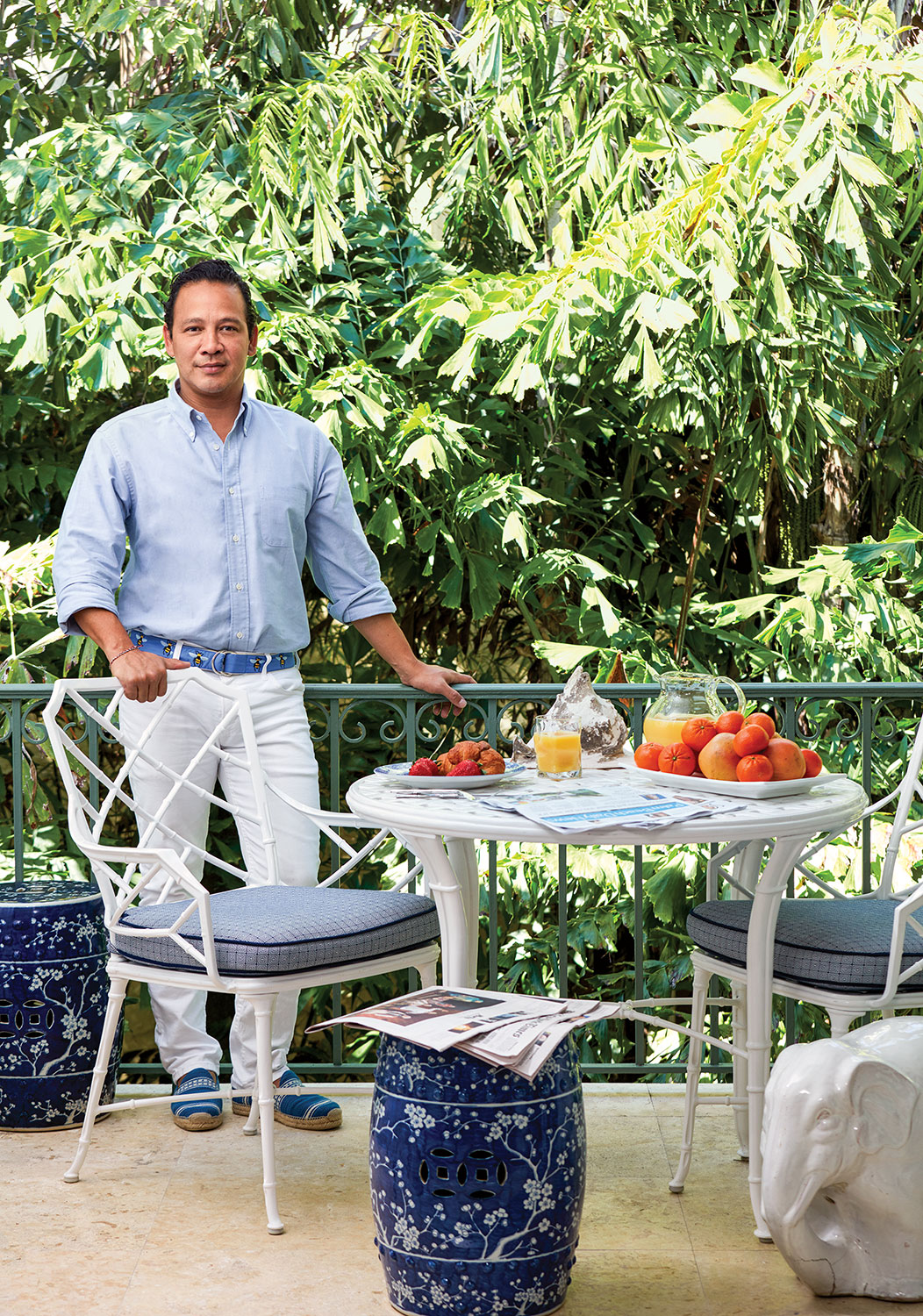
Flower: Tell us a bit about growing up in Panama. What are your memories of gardens and green spaces?
Fernando Wong: Panama is a country that is very lush. There’s an area I love close to a national park called Cerro Azul. It’s just beautiful to see all the mountains covered with clouds, and then, as the day progresses, they clear out and open up to green and sky as far as you can see. I’m fortunate to own property there now.
What led you to design gardens in the United States?
Actually, my education is in architecture and interior design. I was also a pentathlete, and on a trip to the States, I visited Atlanta and it was so cold. A friend asked if I wanted to come to Miami, and I fell in love with Florida—it felt much more like home. I wanted to stay but needed a job. I went back to Panama to gather the documentation, and a month or so later I was back and working with a landscape architecture firm.
At first, I was stubborn, thinking this is not what I went to school for. But I was very good at drafting by hand and began drawing designs for gardens. Eventually I joined another firm, where I learned about conceptual design, construction documents, plant materials, and implementation. Then 2008 came along and I was laid off, like so many others. I decided to open my own business. I didn’t have any clients yet, but I was full of enthusiasm!
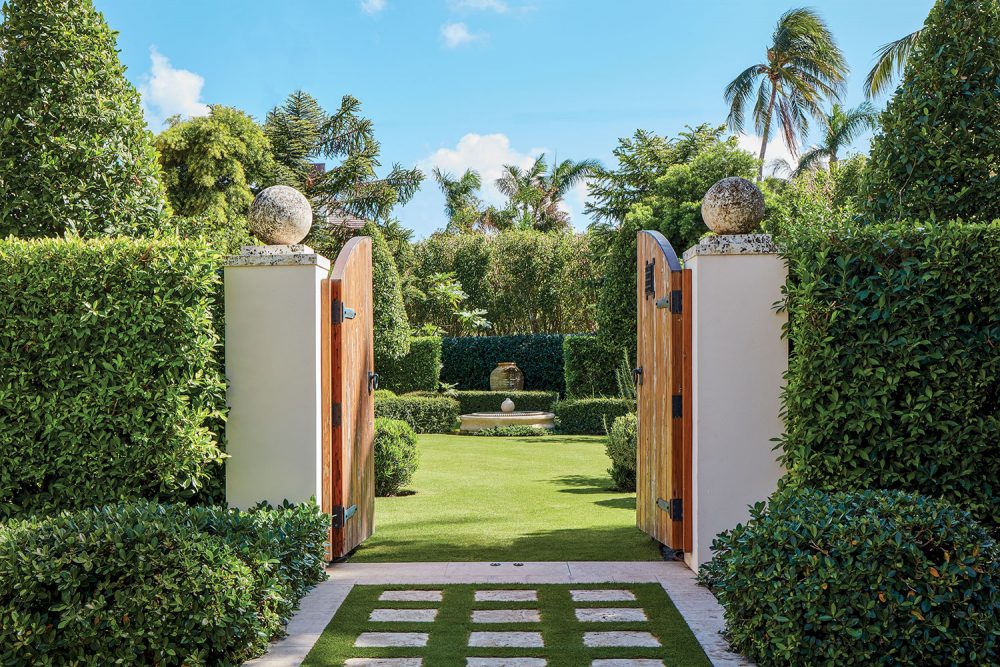
Could you share your general philosophy regarding landscape design?
I see landscape architecture’s role as a supporting actor to the protagonist, which is the house. My goal is to create a setting in which the house will show its best facets, whether it’s the approach, the facade, or the curb appeal from the street. When you move into the private areas, the landscape should become an environment in which we can make life happen—to play, relax, and be with family and friends.
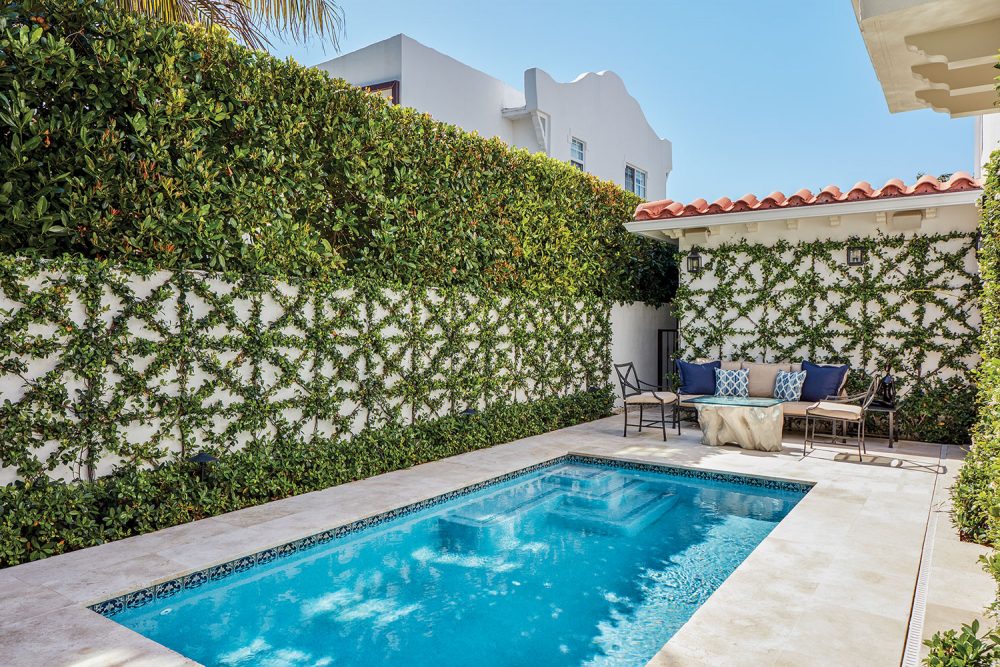
What do you consider your design signatures?
Classical architecture and a respect for a center axis, proportion, and balance. However, much about successful landscape design is being mindful of the nonsexy things, such as drainage pipes or where the power or gas lines run, because they can sabotage a beautiful design. I’m very careful about anticipating the root ball size, or the spread of the canopy of a palm, or the mature height of a specimen to a precise degree in my plans.
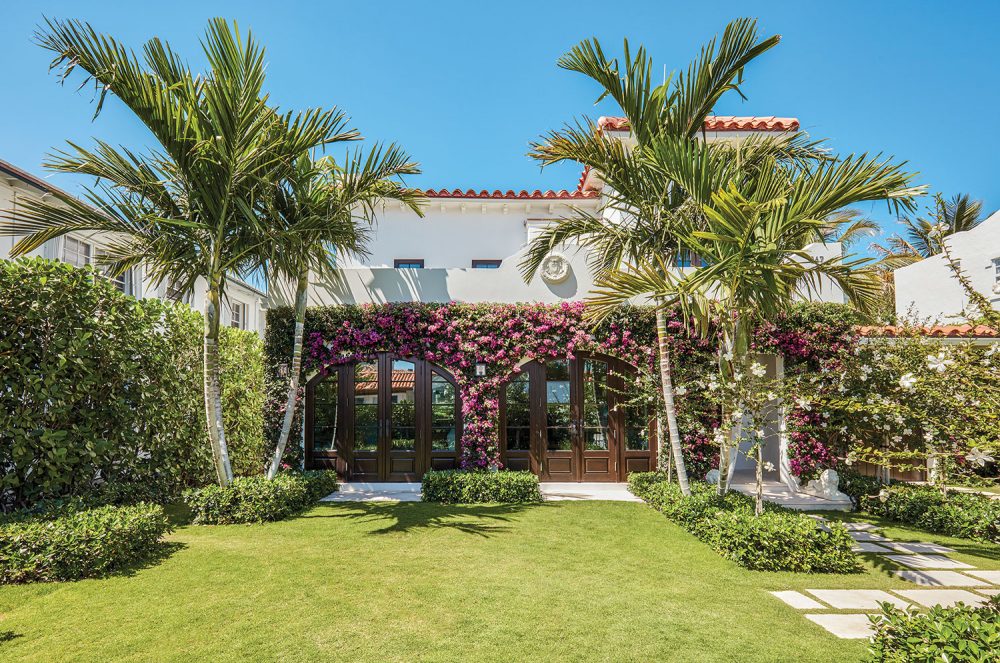
How does your background in interior design influence your approach?
I’ll always look at the colors and textures that the designer has developed for the inside of the house and use that for the vegetation as well because the landscape is the backdrop for the fabrics, furniture, and palette. From a practical point, I appreciate how interior designers create storyboards with images when presenting to a client. Incidentally, I didn’t speak English when I first arrived, so I needed to find a means for the homeowner and me to understand each other, and photographs became the translator.
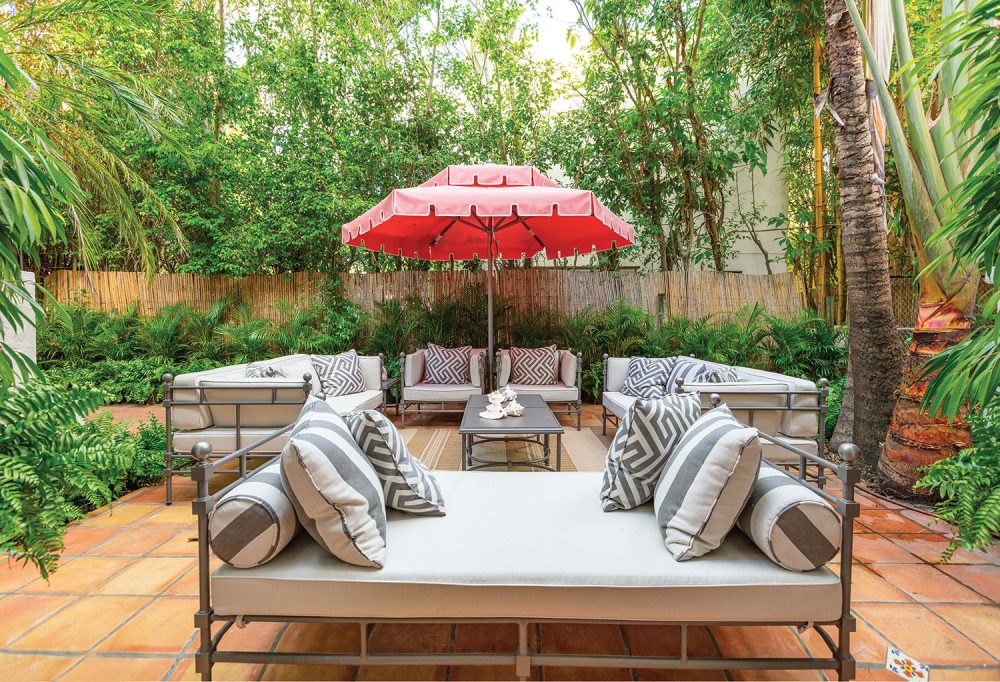
What roles do flowering plants play in your aesthetic?
If I were dressing a lady, the flowers would be the jewels. I’m obviously very fond of green—it’s a soothing color for me—with white flowers. But if there are different sensibilities and preferences at play, we can always find flowers and colors that complement the overall design, whether it’s the textiles on the terrace furniture or the color of the shutters on the house.

How do you incorporate sustainability and environmental consciousness into your thought process?
We have our version of the 80/20 rule—80% of our plants just need to be maintained rather than replaced or replanted each year. Certainly, when there are existing trees on the property, it’s always my preference to save them; we’ll design around them or move them to a better spot. A lot of the lawns we use are zoysia, which is drought resistant, and dune grasses are also becoming more popular, as well as butterfly bushes, which attract and create an ecosystem.

Finally, what’s the most important lesson working with gardens has taught you?
Patience. It’s like when you see yourself in a certain way or you make plans for your life, but the timing isn’t quite right. That just means you were practicing, but you weren’t yet ready. Gardens don’t always turn out the way we think they will because nature has its own ideas. You can have a very strict point of view, but you have to be open-minded that there might be another way.

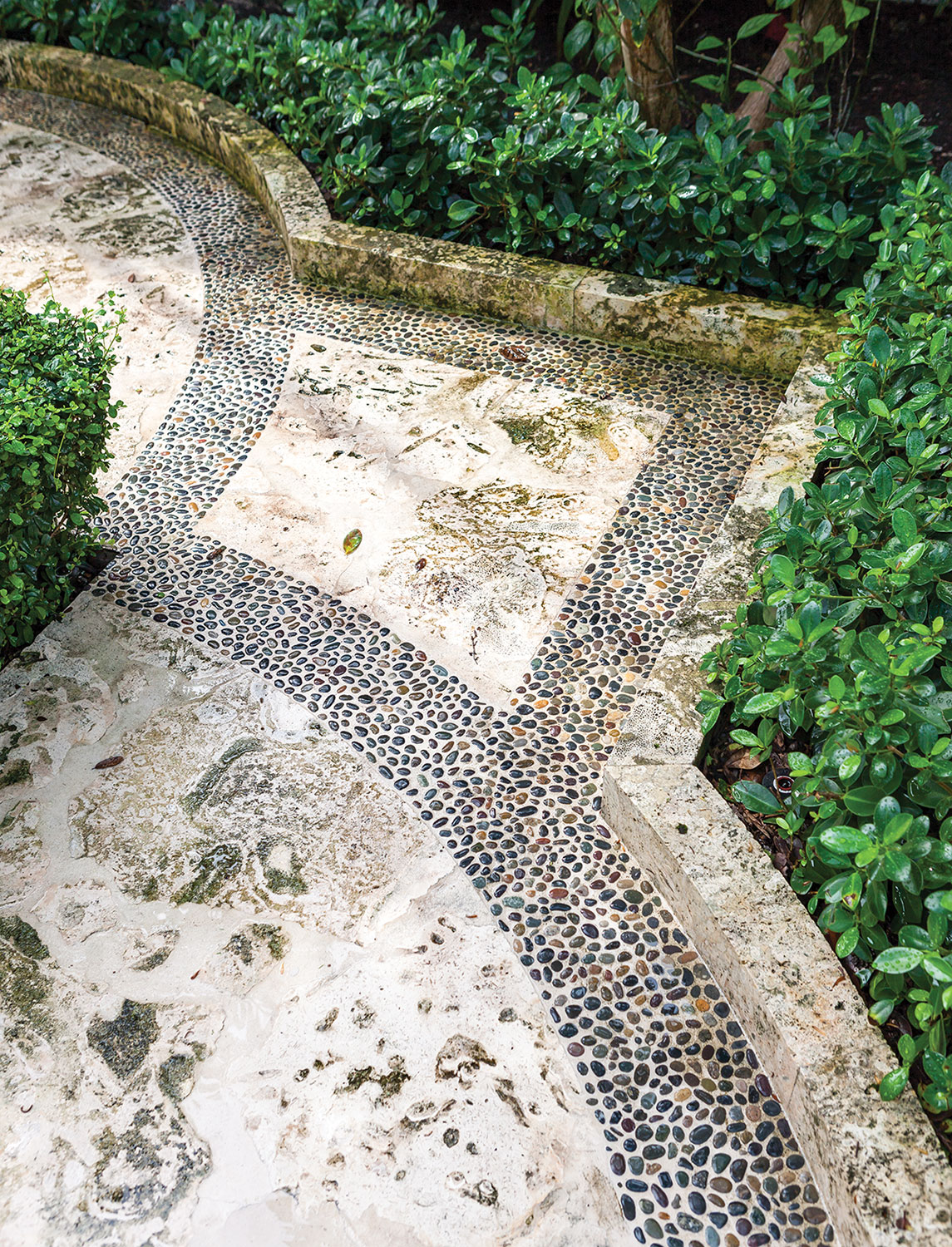
By Karen Carroll
